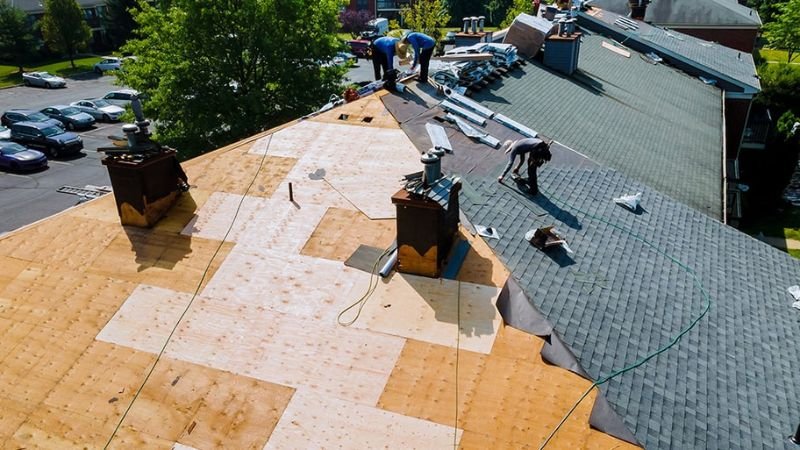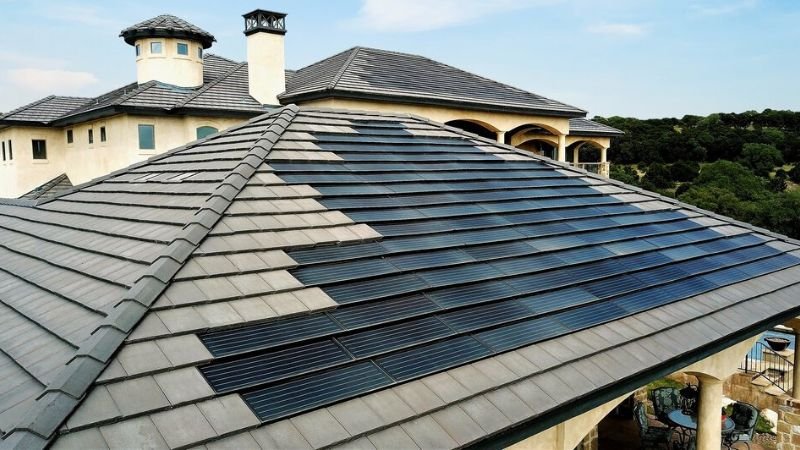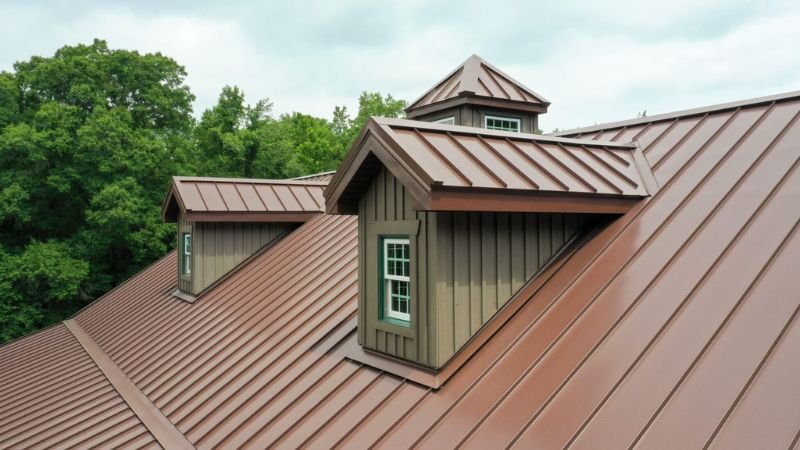How to Choose Your Roofing Underlayment – Selecting the right roofing underlayment is crucial for ensuring the longevity and performance of your roof. As the unsung hero beneath your shingles, roofing underlayment provides a critical layer of protection against water infiltration, wind, and other environmental factors. Whether you’re building a new home or replacing an old roof, understanding the different types of underlayment available and their specific benefits can make a significant difference in the durability and efficiency of your roofing system. In this guide, we’ll walk you through the essential factors to consider when choosing your roofing underlayment, helping you make an informed decision that will safeguard your home for years to come.
How to Choose Your Roofing Underlayment?
Roofing underlayment serves as a critical barrier between your roof’s structure and the elements. It typically consists of felt paper or synthetic materials like synthetic polymer sheets. The primary function of underlayment is to protect the roof deck from water penetration that can occur due to wind-driven rain or ice dams. Traditional felt paper, also known as asphalt-saturated felt, is common for its affordability and ability to absorb some moisture. On the other hand, synthetic underlayments offer superior resistance to tearing, UV exposure, and moisture, making them ideal for harsh climates and extended roof exposures during installation.
Also Read: 9 Benefits of Proper Roof Ventilation
Factors to Consider When Choosing Underlayment
1. Climate Considerations: The climate of your region significantly influences the type of underlayment suitable for your roof. Areas prone to heavy rainfall or snow benefit from synthetic underlayments due to their superior water resistance and ability to withstand moisture. Synthetic materials are designed to maintain their integrity even under prolonged exposure to wet conditions, reducing the risk of water damage and mold growth within the roof structure. In contrast, felt paper, while effective in moderate climates, may degrade faster when exposed to moisture over extended periods.
2. Roof Type Compatibility: Different roofing materials and designs require specific types of underlayment to ensure optimal performance and longevity. For example, steep-slope roofs typically require underlayments that offer better traction for roofers during installation, such as synthetic materials with textured surfaces that enhance grip. Understanding the weight, flexibility, and compatibility of the underlayment with your chosen roofing material is essential for achieving proper installation and maximizing the roof’s overall durability.
3. Durability and Longevity: Evaluate the expected lifespan of the underlayment in relation to your roof’s projected lifespan and maintenance requirements. Synthetic underlayments are known for their durability and longevity, offering superior resistance to tearing, UV exposure, and other environmental factors compared to traditional felt paper. This durability translates to reduced maintenance needs and potentially lower long-term costs associated with roof repairs and replacements. Investing in a high-quality underlayment that aligns with your roof’s specific requirements ensures reliable protection and extends the overall lifespan of your roofing system.
Installation and Maintenance Considerations
1. Ease of Installation: The ease of handling and installing underlayment materials is crucial, especially if you are considering DIY installation or coordinating with roofing contractors. Synthetic underlayments are often lighter and more flexible than traditional felt paper, making them easier to maneuver and install on complex roof structures. Their flexibility also allows for easier integration around roof penetrations and other obstacles, reducing installation time and labor costs associated with roofing projects.
2. Maintenance Requirements: Understand the maintenance needs of the underlayment once installed to ensure optimal performance over its lifespan. While both synthetic and traditional felt underlayments require minimal maintenance, factors such as UV exposure, foot traffic during installation, and the roof’s overall condition can impact their longevity and performance. Regular roof inspections can help identify any signs of wear or damage early on, allowing for timely repairs or replacements to maintain the underlayment’s effectiveness in protecting your home against water infiltration and other potential issues.
Cost and Value Analysis
1. Cost Considerations: Compare the initial costs of different underlayment materials against their expected lifespan, performance benefits, and long-term maintenance requirements. While synthetic underlayments may have a higher upfront cost than traditional felt paper, their superior durability and resistance to environmental factors often result in lower long-term maintenance costs and potential savings on future roof repairs or replacements. Assessing the overall value proposition of each underlayment option based on its performance attributes and compatibility with your specific roofing needs helps ensure that you make a cost-effective investment that enhances the durability and longevity of your roofing system.
2. Value Proposition: Investing in high-quality underlayment that aligns with your roof’s specific requirements enhances the overall value of your roofing system by providing superior protection against water infiltration, wind damage, and other environmental factors. By prioritizing durability, weather resistance, and compatibility with your chosen roofing material, you can extend the lifespan of your roof and minimize the risks of costly repairs or premature replacement. Consult with roofing professionals to understand the optimal underlayment options available for your home and make an informed decision that ensures long-lasting protection and peace of mind.
Also Read: Top 9 Roof Maintenance Tips For Homeowner
Conclusion
Choosing the right roofing underlayment is an essential step in protecting your home from the elements. By considering factors such as climate, roof type, and material quality, you can ensure that your roof remains durable and efficient. Investing in the appropriate underlayment not only enhances the lifespan of your roof but also provides peace of mind knowing that your home is well-protected. Take the time to research and select the best option for your specific needs, and you’ll reap the benefits of a robust and reliable roofing system.
FAQs
What is underlayment for roofing, and why is it important?
Roofing underlayment is a protective layer installed beneath shingles to provide extra protection against water, wind, and other elements. It is crucial for preventing leaks and extending the lifespan of your roof.
How do I choose the best roofing underlayment for my home?
To choose the best roofing underlayment, consider factors such as your local climate, the type of roof you have, and the material’s durability and compatibility with your roofing system.



